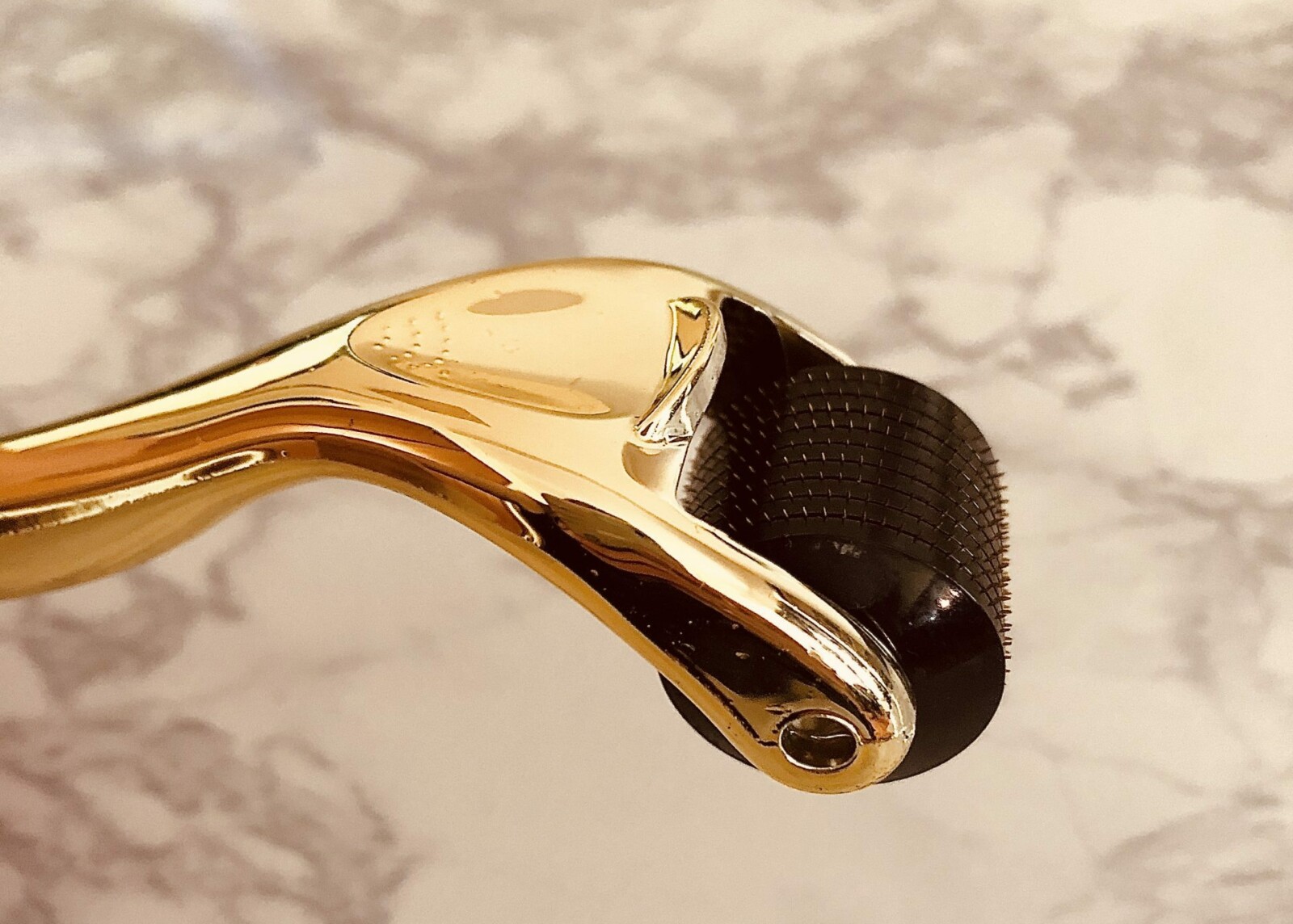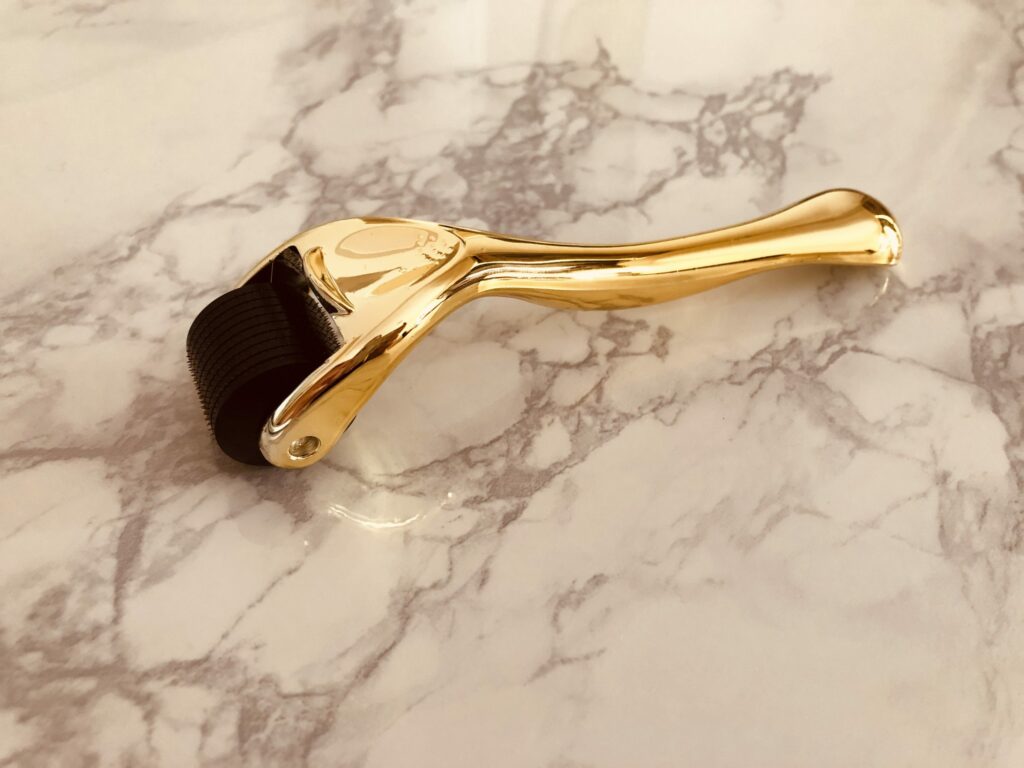Will Microneedling Ruin Your Face?

Sometimes, the beauty industry promises us wonders but these so-called miracles actually require sacrifices, in the form of money and pain. The latest fad promises youthfulness after the age of 40, dewy skin, significant wrinkle reduction, and overall “incredible” results. We are talking here about microneedling.
Let’s find out what microneedling is, what benefits it provides, and whether there are hidden dangers we should know about.
According to WedMD, microneedling is a cosmetic procedure that involves pricking the skin with tiny sterilized needles in order to create microscopic wounds. Those wounds make our bodies produce more collagen (that’s why it’s sometimes called “collagen induction therapy”) as well as elastin, both of which heal the skin and allegedly make us look younger.
It is considered to be a cosmetic or aesthetic procedure and it is far from being a cheap thing. One procedure will cost you roughly $300 (in general, it ranges from $100 to $700). And guess what? It is recommended that you have about 4 to 6 sessions if you want to see the full effects. Ouch!!! Both from needles piercing through your skin and from your bank statement piercing your heart…
Providers of microneedling claim that it can treat stretch marks, pigmentation, wrinkles, fine lines, enlarged pores, sagging skin, scars from surgery, chickenpox or acne.

A review of microneedling, published in the peer-reviewed journal Clinical, Cosmetic and Investigational Dermatology, discussed the expanding applications of this procedure. They determined that microneedling could also be helpful as an adjuvant therapy for enhanced drug delivery in certain dermatological treatments. However, they also pointed out that most comparative studies on microneedling have been “case reports, case series, or small randomized controlled trials.” And they noted that “future large controlled clinical trials exploring the utility of microneedling are imperative to provide validation as more than a cosmeceutical therapy and as an evidence-based treatment option for patients with a variety of dermatologic disorders.”
So now we have a better understanding of who might benefit from this type of procedure. But who is qualified to provide microneedling?
WedMD gives us some insight: “Dermatologists (doctors who specialize in skin care and skin disorders) can do microneedling. Aestheticians also do it. If you try it somewhere other than a doctor’s office, first check on the person’s experience and credentials, and make sure that all of the equipment is sterilized.”
The health website also notes that there are do-it-yourself versions of microneedling or “dermarolling” devices. But they carry risks. Dermatologists warn their patients against the DIY approach because they might accidentally damage their skin and may not have a good way to sterilize the needles.

Refinery29, a publisher of women’s content, ran an article headlined “Can Micro-Needling Do More Harm Than Good?” and in the comments section below, I found an off-putting anecdote. A disappointed patient wrote, “I advise anyone to never try dermarolling it has left me with unsightly linear scarring and pigmentation not to mention scratch marks almost one year after my treatment. I’m now at a loss as to how I can repair my damaged skin and texture which was done by a supposed qualified person!!!”
Even worse, the dermatologic disaster had led to psychological issues. The commenter had lost their self-esteem and even sense of identity. They continued, “I’m now unable to leave the house as I’m embarrassed by these skin issues I now have.”
Medical News Today, a UK-based medical news publisher, says that the medical community generally considers microneedling to be safe and effective. Nevertheless, there are real risks associated with microneedling which include swelling, skin pigment changes, bleeding, bruising, dryness, flaking skin, infection, and adverse reactions to topical medications used during the treatment.
Harvard Health Publishing ran an article explaining that microneedling likely won’t produce dramatic results, but rather mild to moderate improvements. It also noted that “for years, the medical establishment looked at the practice, known as microneedling, with a leery side-eye.”
So why would anyone undergo pain, bleeding, swelling, and money loss for potential damage to their own face? I am not saying there is no benefit at all from microneedling, but would I try it myself? I’m too afraid that microneedling will lead (or bleed) to macro spending!